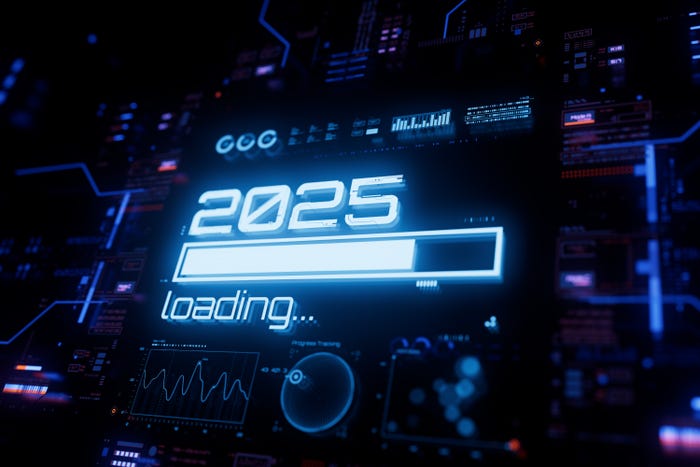Mazda: CX-3 Business Incremental; Diesel Still Goal
Mazda is targeting a young, active buyer for the CX-3, and one living in an urban area that needs a vehicle smaller in size than the CX-5, but wants utility not available in the Mazda3.
November 20, 2014

LOS ANGELES – Mazda has seen good results in the U.S. with the 3-year-old CX-5 midsize CUV, selling 84,181 units through October of this year, a 26.6% jump from like-2013.
And North American CEO Jim O’Sullivan thinks that success will continue despite next summer’s debut of the smaller CX-3 CUV.
“Overall it’s going to be incremental (business),” O’Sullivan tells WardsAuto when asked if the CX-3 will draw buyers away from the CX-5.
There may be some impact on other Mazda models, he says, but more so the Mazda3 compact 5-door hatchback than the CX-5, as U.S. buyers continue to flock toward CUVs at the expense of passenger cars.
Mazda is targeting a young, active buyer for the CX-3, and one living in an urban area that needs a vehicle smaller in size than the CX-5, but wants utility not available in the Mazda3.
“(The CX-3 has got) a little bit more room than the (Mazda3) sedan,” O’Sullivan says of its passenger and cargo space.
O’Sullivan sees small CUVs as one of the “hottest-growing segments over the next five years” in the U.S., and it being a good thing that Mazda is getting in on the ground floor.
“Being one of the first movers to the category, it allows you to get segmented relative to the brand,” he says following the Mazda press conference here at the 2014 Los Angeles auto show. “We’re not already going into a very crowded segment to begin with.”
The entry-level CUV segment is very small but soon to grow. Nissan has been selling the Juke small CUV in the U.S. for four years and Honda next spring is set to launch the HR-V. Nissan is showing a refreshed Juke tomorrow at the show, while Honda debuts the HR-V today.
Meanwhile, O’Sullivan says Mazda in the U.S. is “still committed” to a diesel engine for the Mazda6 midsize sedan.
The engine’s delay has come “down to performance numbers we didn’t like. It met all the environmental and regulatory issues it needed to (qualify) as a clean diesel, but it didn’t really have the performance that we wanted it to deliver,” he says.
Mazda now is exploring treating emissions with urea, “which we thought maybe we could get away without doing,” O’Sullivan says.
A bigger priority than the diesel mill for Mazda has been getting the CX-3 launched, due to its likely bigger impact on the brand’s overall U.S. sales.
O’Sullivan says Mazda still is targeting 320,000 fiscal-year sales in the U.S. Mazda’s fiscal year runs from March 31 to April 1.
Through the calendar year, Mazda has sold 259,751 units in the U.S., up 8.1% from like-2013.
Being disciplined on incentives to match those of competitors is a focus for the remainder of the year, O’Sullivan says. He notes 70% of Mazda’s U.S. inventory is ’15 model-year vehicles, but for competitors 70% of their inventory is ’14s.
“There’s a lot of crazy inventory out there (but Mazda) is not chasing volume for volume’s sake,” he says.
Read more about:
2014You May Also Like



